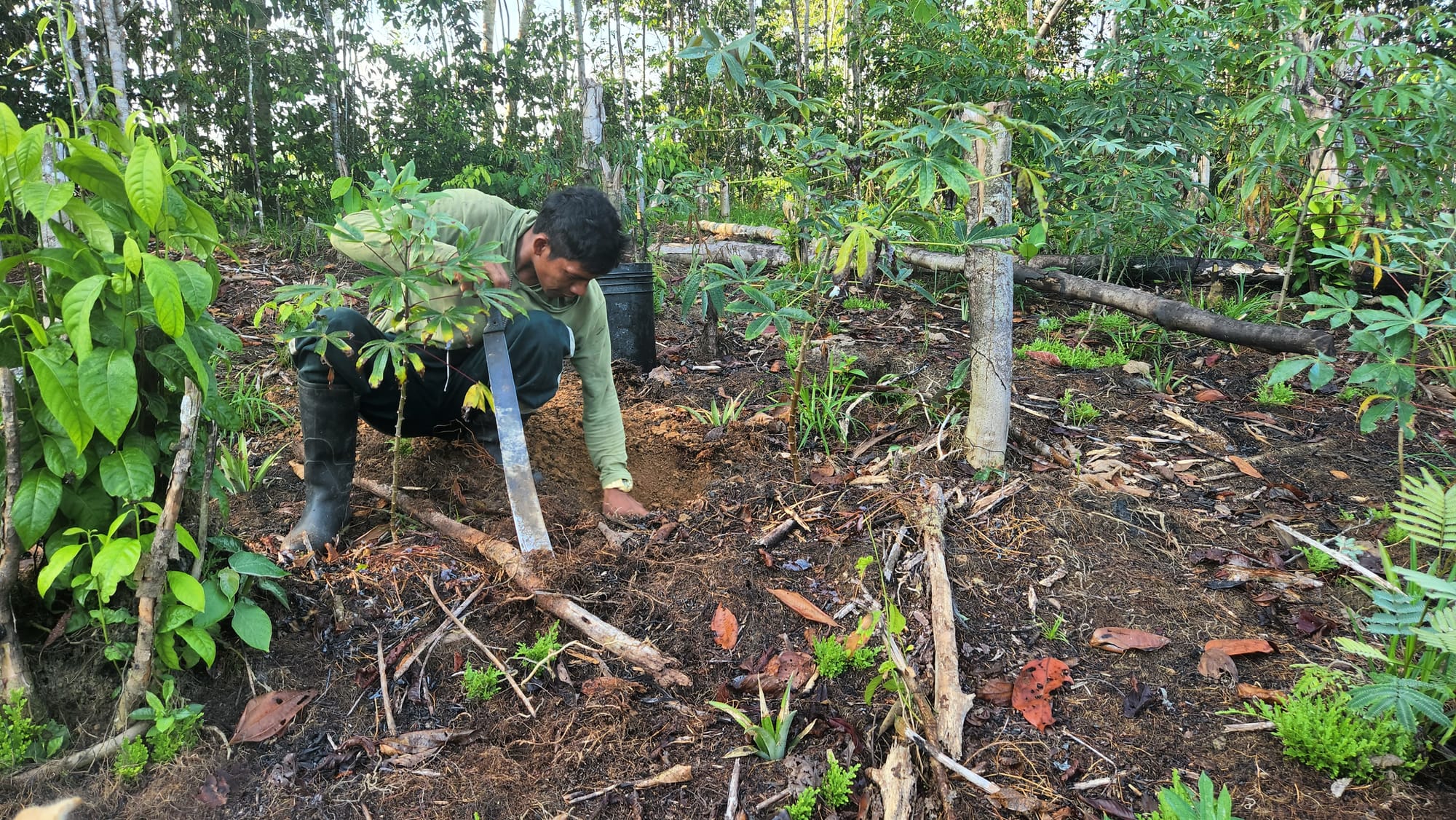The Fate of Indigenous Shifting Cultivation in the Peruvian Amazon

Indigenous territories in Amazonia have demonstrably contributed to the preservation of forest cover and biodiversity throughout the biome. Yet, what drives this remarkable conservation effect is not discussed enough.
The practice of shifting cultivation agriculture—characterized by rotational land use alternating between short-term swidden plots and long-term fallows—has been critical in generating in the sustenance of forests landscapes. However, Indigenous shifting cultivation is experiencing considerable transformations driven by multiple but often overlapping sources, including the expansion of forest conservation regimes, the push for cash crop agriculture, and land scarcity. Heterogeneous ramifications follow these changes, between land-use intensification, shifting cultivation displacement of Indigenous livelihoods or even its full abandonment.
My PhD research examines this complex assemblage of phenomena reshaping shifting cultivation and explores the implications of these transformations for both Indigenous communities and forest conservation.
I am currently conducting exploratory fieldwork in the Peruvian Amazon, to better understand these dynamics on the ground. I expect to conduct a long-term fieldwork of around 6 months in 2027.